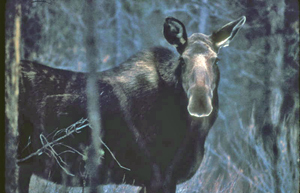
The Peace-Athabasca Delta is a traditional homeland for the Cree, Chipewyan, and Métis peoples of the region. They rely on the delta’s resources for hunting, trapping, fishing, and berry-picking, as well as for spiritual, medicinal, and cultural uses of the land.
|
|
Moose are important as a food source, and moose hunting is an important part of the local culture. Moose hides are still tanned locally in the traditional way, creating a soft, pliant leather. Artisans use the leather to create traditional mitts, slippers, mukluks, jackets, and handicrafts, often decorating them with beautiful beadwork. Other parts of the moose are used as well. The hair is collected for decorative moose hair tuftings, and the legbones are used to make tools for fleshing the moose hide during the tanning process. |
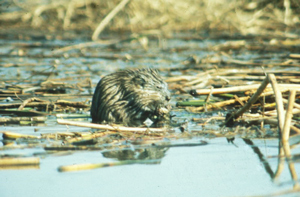 |
Muskrats are important as a local diet staple. Once abundant, they provided a major source of income from trapping. Today, local muskrat populations are in sharp decline, largely attributed to the drying of perched basins. |
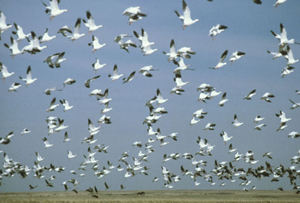 |
Located at the crossroads of four major North American flyways, the delta is a rich haven for waterfowl, especially during spring and fall migration. Waterfowl, hunted during migration, are highly-valued as a local food source. Traditionally, waterfowl would be salted and preserved for the winter months. Their feathers and down would be used for pillows and quilts. |
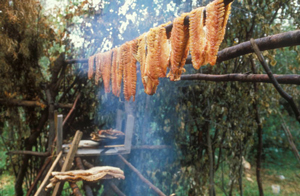 |
Fish are an important diet staple. Twenty fish species are found in the delta. The most commonly consumed species include walleye (pickerel), goldeye, whitefish, and jackfish (northern pike). Dryfish are a traditional delicacy today – long ago the technique was used to prevent fish from spoiling. Fish were also an important food source for dog teams. |
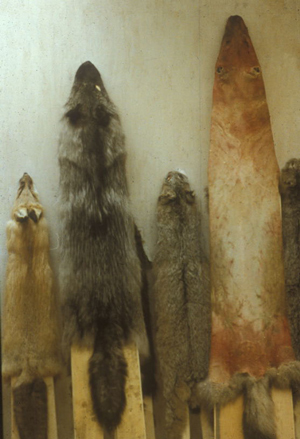 |
Trapping has long been an important part of traditional use in the delta. Historically, trapping was the primary source of local income and trade. In addition to beavers and muskrats, other animals commonly trapped included mink, marten, lynx, fox, weasel, wolf, otter, fisher, and wolverine. Trapping no longer plays a dominant role in the local economy, but still provides extra income for many families. |
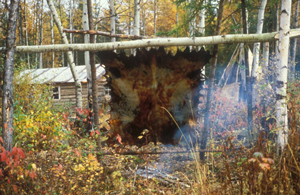 |
Many local Aboriginal families maintain cabins in the delta. The cabins are of cultural importance as they allow the families to maintain their close ties to the land for spiritual and cultural purposes. Family gatherings are often held to facilitate sharing of cultural traditions between generations. |
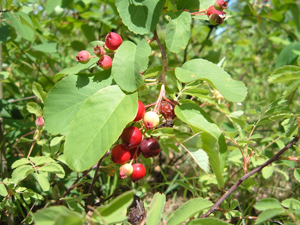 |
Berries and other edible plants have long been gathered by local people for food or medicine. Trees and willows are used for practical purposes. Examples include the use of spruce boughs for flooring in tents, the cutting of trees for poles (used for a variety of structures – from teepees, to lean-to shelters, to stages for smoking fish or drying meat), and the use of willow sticks to roast fish over a fire. |
 |
Historically, some Aboriginal people lived in small settlements within the delta. They would stay in the settlements during the winter months, and move to spring camps for muskrat trapping and waterfowl hunting in the spring. |
There are many valuable cultural resources throughout the delta. They help tell the stories of life in the delta long ago. Traditional Knowledge Observations
- Date modified :
